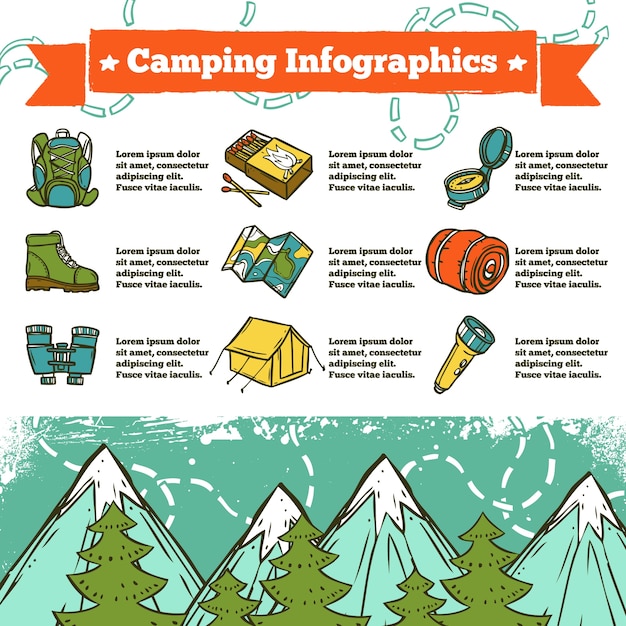How To Use The Web To Increase Camping Tents Product Sales
How To Use The Web To Increase Camping Tents Product Sales
Blog Article
Just How Important Are Camping Tent Footprints/Ground Cover?
Camping tent impacts are a fantastic method to secure your outdoor tents flooring from abrasions and extend its functional life. Nearly all equipment suppliers supply their own brand-specific impacts that are made to match their particular camping tent versions.
What is tent fabric called?
This tailored technique offers convenience of setup and lessens the risk of rainwater seeping in via the seams.
What are they?
Camping tent footprints (likewise called tent ground sheets or under camping tent pads) provide a layer of security between the base of your outdoor tents and the outside setting. They safeguard your outdoor tents from sharp objects, wetness, and unpleasant surfaces.
Many outdoor tents manufacturers provide their very own branded footprints made to fit seamlessly with their assigned shelter versions. However, these are commonly expensive and fairly hefty compared to DIY alternatives like Polycryo or Tyvek.
Footprints are normally made from durable, water resistant products such as polyurethane, nylon or silnylon. For ultralight backpackers seeking to decrease pack weight, there are also lightweight, high-strength choices made from Cuben Fiber (Dyneema). It is essential to pick an impact that's somewhat smaller than your camping tent to stop rain from trickling down the sides of your sanctuary and channeling underneath you while you sleep-- no person wishes to get up in a pool! An impact is a beneficial enhancement to any kind of camping trip. It assists guarantee a long life-span for your camping tent while including comfort and peace of mind.
Just how important are they?
Tent footprints safeguard the base of your camping tent from abrasion and dampness, aiding to extend its lifespan. They're typically made from water resistant and dirt-resistant materials like polyethylene or a lightweight oxford polyester, though the denier of the material will certainly differ (the greater the denier number, the thicker and burlier).
A lot of impacts are made to specifically match the form of your outdoor tents's flooring, which aids decrease product waste. Many have grommets or loops whereby you can weave guylines for tension and risks, ensuring that the footprint is safely held back.
If you camp in rough terrain or areas where there's a lot of downed branches and sharp rocks, a tent footprint is well worth the added weight and mass. But if you frequently camp in dry, sandy or rocky conditions, a footprint may be excessive. A tarpaulin is a far better choice because instance.
Do you normally load one?
If you're camping on a really level surface area where rocks and sticks aren't a concern, an outdoor tents impact most likely isn't essential. If you are in the backcountry with a great deal of harsh terrain, a footprint can make life a lot easier.
Impacts are normally sized somewhat smaller than the base of the tent. That's due to the fact that a larger impact would certainly capture rain and funnel it under the camping tent, where you could awaken in a pool.
Nevertheless, footprints can be costly and heavy if you purchase one from the producer of your outdoor tents (the Big Agnes Tiger Wall UL 2 footprint, for example, costs $70 and weighs 6 ounces). You can conserve money and weight by making your very own do it yourself impact by reducing a piece of Tyvek or various other water-proof textile to the specific dimensions of your shelter. You can even include grommets for very easy attachment. The major benefit of an impact is that it assists to shield the flooring of your backpacking outdoor tents from rough aspects such as rocks and twigs.
Exactly how do you keep them clean?
A manufacturer's impact can add significant weight to your sanctuary system and if you're an ultralight backpacker attempting to save every ounce, it may not deserve it. Because of this, numerous backpackers will certainly use a DIY groundsheet that's constructed of something like Tyvek or Polycryo and cut it to size for their camping tent footprint.
This option is fairly economical and will certainly safeguard your tent from dampness, rocks, thorns, sticks, and so on, while also aiding to keep all-time low of your camping tent dry.
If you do make a decision to buy a footprint, be sure it's made particularly for your specific camping tent as this will help in reducing water pooling around the sides of your shelter. For instance, if your tent impact is too huge and extends past the side of your rainfly, it will collect rains which can seep right into lighter-weight tents lixury tent and possibly wear down the floor. See to it it fits your camping tent rather well to avoid this.
How do you pack a tent back in its bag?
